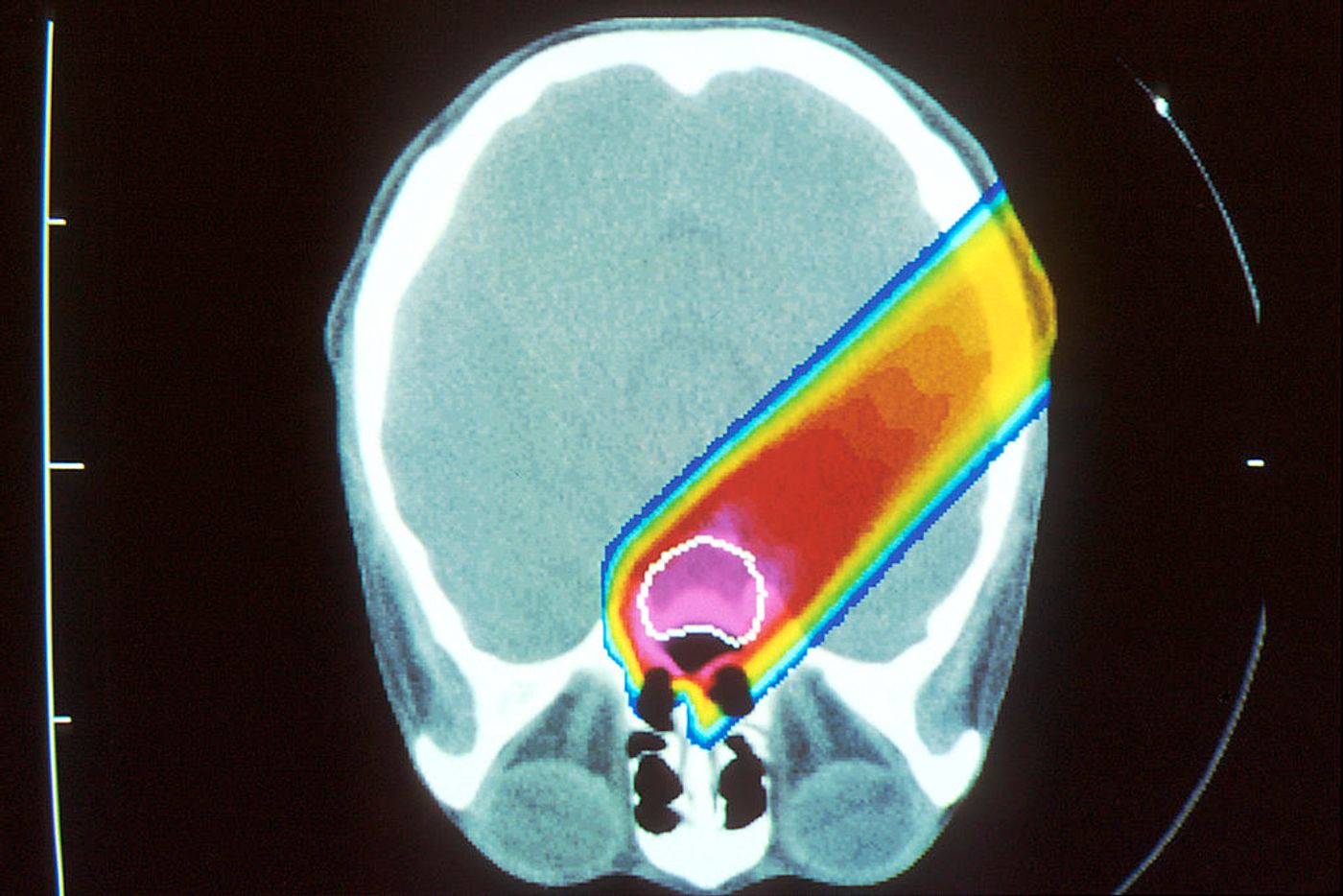Proton Therapy May Reduce Second Cancer Risk More Than Other Radiation Types
A new study finds that proton beam radiation therapy (PBRT) might lead to a reduction in the risk for a second cancer, when compared to other types of contemporary radiation therapy. The researchers analyzed National Cancer Database (NCDB) data on adult and pediatric patients with cancer. It used the data to determine the second-cancer risk associated with three types of radiation therapy (RT): PBRT, intensity-modulated radiation therapy (IMRT) and three-dimensional conformal radiation therapy (3DCRT). The therapies included were administered between 2004 and 2016 to patients of diverse ages, and those with metastatic disease were not included.
PBRT Study Design and Findings
Head and/or neck, breast, gastrointestinal, gynecologic, non–small cell lung, prostate, bone/soft tissue, lymphoma and brain/central nervous system tumors were included. The total number of patients whose data were analyzed was 450,373. The percentage of people who also received chemotherapy was higher in the 3DCRT group, at 48 percent, and lower in the IMRT and PBRT groups, which were at 38 and 17 percent, respectively. PBRT was used most with prostate tumors. Head and neck cancers were treated primarily with IMRT, and 3DCRT was utilized most often for breast cancers.
The crude absolute incidence rate of subsequent cancer diagnosis per 100 patient-years was 1.60 in the 3DCRT cohort, 1.55 in the IMRT cohort, and 0.44 in the PBRT cohort.
PBRT Study Conclusions and Limitations
“Patients most likely to benefit from PBRT may be [children] and young adults due to the potential for a long life expectancy and increased susceptibility to treatment-related malignancies,” Michael Xiang, M.D., Ph.D., of Stanford University, said.
Some of the study’s constraints were tied to the NCDB, which does not allow researchers to discern the location of a second cancer relative to an RT field. The database also does not account for risk factors like obesity or smoking, among other limitations.
To learn the basics of how proton therapy treats cancer, check out the video below.
Source: ASCO News









